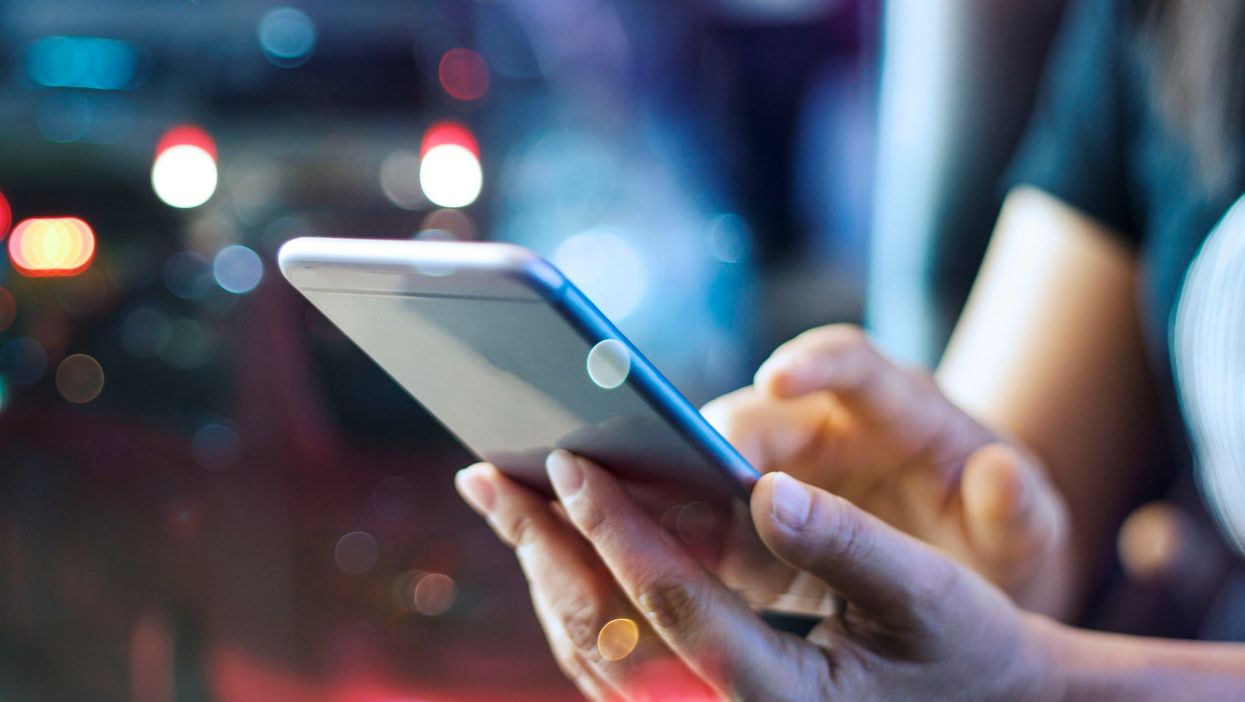Clara Hill
Mar 13, 2021

Someone using their phone at night
Getty Images
Since the disappearance of Sarah Everard, people have been discussing the fear experienced by women walking the streets after the dark after the police told women to stay at home.
There have been online conversations about wearing reflective running kit, having keys between fingers and texting friends your whereabouts.
Frustrations surrounding the need for these precautions have led to the creation of the campaign Reclaim These Streets, based on the Reclaim The Night movement that launched in the 1970s following a murder spree of women by The Yorkshire Ripper.
While the responsibility always lands solely on the assailant, there are smartphone apps to give yourself a security lift when walking around and feeling vulnerable.
Here are some of the best.
One Scream
This app has favourable reviews on the Apple app store with one saying “it’s made a huge difference to my confidence”
Advertising itself as something to help you be more comfortable will doing after dark activities such as running or merely walking home from the pub. It is voice-activated and seeks to respond to situations that make one scream out in fear instinctively.
You can input up to 3 people’s names to be notified if you panic scream, once you’ve allowed it access to your phone’s microphone. Notifications can be cancelled when you do not need the alarm to be working. You have 20 seconds before it will send a warning to your friends or family.
It will not work if you are on the phone, a loud crowded place and will not track your location.
Kitestring
For this one, you do not even need to have a smartphone. All you have to is text Kitestring and they will text you back within the timeframe you requested, such as 20 minutes, and when they text to check on you, message them back to let you know you’re safe. If you do not reply, they’ll send a message to your preset emergency contact.
Hollie Guard
This one advertises itself as giving “you the confidence to travel safely” by allowing users to put their journey’s A to B into the app, and then notify your five emergency contacts if you do not arrive in the time you said it would take. When an alert has been issued, your exact location will be shared, updating every five seconds. Users can mark themselves as “safe” once they feel they are able to do so. According to reviews on their website, people noted feeling “reassured” after downloading it.
Panic Button
This app aims to “improve the life of all citizens by offering them a higher degree of security in our society.” Once you hit the big red button in the app, a message with your location will send to your emergency contacts by either text, email or Twitter. In situations that need immediate action, there’s the option to quickly call your predetermined number. You can also send videos and pictures and use the app via your smartwatch.
Safe in the City
This company is a social enterprise that seeks to responsibly source and store data and has brought out an app to help you plan your journey home buy giving you real-time updates on events happening around the capital. Routes via foot or public transport are rated for safety by other users. You can share updates with friends and family via messenger services or social media.
iPhone’s Emergency SOS Function
For those with iOS 11 on an iPhone X or 8, you can press the side lock button along with the volume button and an SOS slider will appear. Swipe this, and your location will be given to the local emergency services.
If you continue to press down, an alert will sound and you’ll be able to reach the emergency services.
For those with an older model, such as a 7 or before, you need to press the side button 5 times.
You don’t need to turn on your location to get the SOS function to send it.
More: Sarah Everard’s disappearance speaks to a bigger issue surrounding violence against women
Top 100
The Conversation (0)













